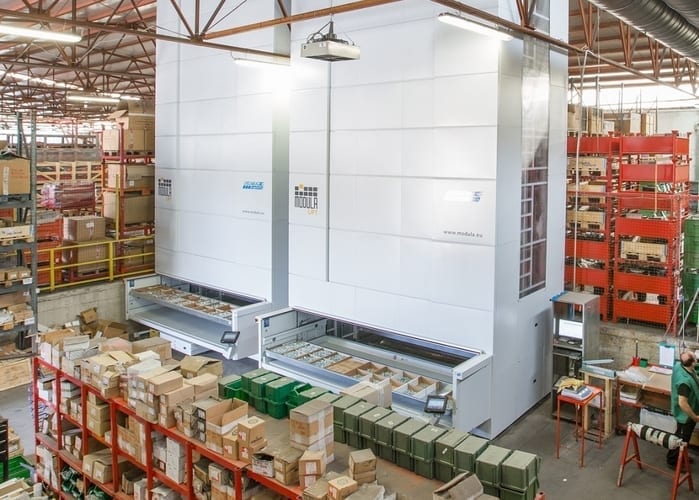Container stacking can be accomplished at a higher level in Long Beach than it can be accomplished anywhere else in the world from Phyllis Lucius's blog
The city of Long Beach issued a temporary order on Friday, allowing businesses to temporarily raise ocean containers in their yards for storage while the massive backlog at the ports of Los Angeles and Long Beach is being worked through.
Long Beach terminals that regularly stack containers six high do not need to comply with the requirement because they do so on a regular basis. Following several weekend media reports conflating the port with the inland zone, the port has increased its Vertical Storage capacity as a result of the misinterpretation of the facts.
A change has been made to the zoning regulations for warehouses and container yards, which now allow warehouses and container yards to stack four containers instead of the two that were previously allowed. It is permissible for business owners who obtain permission from the fire department to stack a maximum of five containers on their property. In the busiest shipping and shopping seasons, which last for a total of 90 days during the busiest shipping and shopping seasons, this is applicable.

As far as aesthetics are concerned, industrial equipment has a negative impact on the appearance of surrounding neighborhoods. A change in interim rule has only an impact on those attributes of container storage that are specified in the container itself, rather than the container itself, as was the case with the previous rule.
In response to the declaration of a national emergency by California Governor Gavin Newsom earlier this month, the city manager has decided to temporarily relax the stacking and height restrictions on containerized goods.
According to the city's website, officials in Long Beach will evaluate the solution's success as well as any potential community consequences in the coming weeks, with a report to the City Council due in the first week of November.
According to the Coast Guard, a total of 79 container ships were stranded at sea on Friday while waiting for a berth at ports in Southern California, primarily as a result of Asian imports, which contributed to the situation. It has taken nearly six days for containers to be released from Southern California ports after being held there for nearly six days. Following Los Angeles, the city of Long Beach handled the highest number of containers in September, with the city of San Diego trailing closely behind in terms of the number of containers handled during the same period.
In a test conducted at one of its maritime facilities last month, the Port of Long Beach reported that the preliminary results have been encouraging so far. Despite the fact that the gate hours have been extended, only a small number of truckers have taken advantage of the additional time available to them.

The receiving of shipments from ports is being done in warehouses that are completely full, with no additional space available for receiving more shipments.
For the city of Long Beach, California's zoning regulations required a trucking company with six yards and 153 contract drivers to load containers onto chassis rather than trucks in order to comply with the city's ordinances. The company had six yards and 153 contract drivers at the time of the incident. Containers having difficulties returning to their original ports is something that occurs on a regular basis.
When leaping restrictions are lifted, thousands of chassis housing wheels will become available for use, resulting in an overall increase in the number of wheels available to play with.
Agriculture Transportation Coalition Executive Director Peter Friedmann has called for the relaxation of local zoning and land use restrictions in order to allow for increased container storage near ports, following up on a statement issued earlier this week.
As well as advocating for issues such as preferential treatment for import freight by ocean carriers and terminal fines for late collection and delivery, the AgTC is also involved in a variety of other issues and concerns.
In the opinion of Western Overseas CEO Carlo DeAtouguia, increasing the stack sizes for city businesses is nothing more than a stopgap measure. Because of an increase in the number of container stacks at Union Pacific's massive intermodal rail facility in Joliet, Illinois, customer wait times at the facility, which is located in the Chicago suburbs, have increased as a result of the facility's expansion. The massive intermodal rail facility that serves the facility is located in the Chicago suburbs.

The Wall